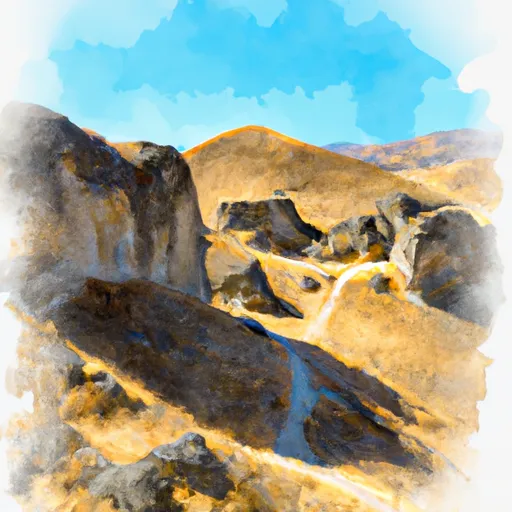ROCKLAND
March 6, 2025
°F
°F
mph
Windspeed
%
Humidity
Rockland, Idaho is a small town located in the southeastern part of the state. It experiences a semi-arid climate with hot summers and cold winters. Summers are generally warm, with temperatures reaching the 80s and occasionally the 90s (°F). Winters are cold, with temperatures dropping below freezing and heavy snowfall. The climate is ideal for those who enjoy outdoor activities in various seasons.
Hydrology constituents in Rockland are primarily influenced by the nearby Bear River. The river provides water for irrigation and contributes to the local ecosystem. It offers opportunities for fishing, especially for trout, and is a popular spot for recreational activities such as boating, kayaking, and swimming.
The area surrounding Rockland offers numerous outdoor recreation opportunities. The nearby Caribou-Targhee National Forest provides ample space for hiking, camping, mountain biking, and wildlife viewing. Additionally, the surrounding mountains offer opportunities for hunting and snowmobiling during the winter months. Rockland is also known for its vast open spaces, making it an ideal location for off-road enthusiasts and ATV riders.
In summary, Rockland, Idaho offers a semi-arid climate with hot summers and cold winters. Its hydrology is influenced by the Bear River, providing recreational opportunities for fishing and water sports. The town is surrounded by the Caribou-Targhee National Forest, providing ample space for a variety of outdoor activities such as hiking, camping, and wildlife viewing.
Try Snoflo Premium for Free
Get unlimited access to all our content with no ad interruptions
Weather Forecast
Rockland receives approximately 353mm of rain per year, with humidity levels near 68% and air temperatures averaging around 8°C. Rockland has a plant hardyness factor of 5, meaning plants and agriculture in this region thrive during a short period during spring and early summer. Most plants will die off during the colder winter months.
Regional Streamflow Levels
254
Cubic Feet Per Second
114
Cubic Feet Per Second
2,270
Cubic Feet Per Second
1
Cubic Feet Per Second
Nearby Camping
| Camping Area | Reservations | Toilets | Showers |
|---|---|---|---|
| Willow Bay City Park | |||
| Massacre Rocks State Park | |||
| Trenner Park - Idaho Power | |||
| Mill Flat | |||
| Twin Springs | |||
| Curlew |





